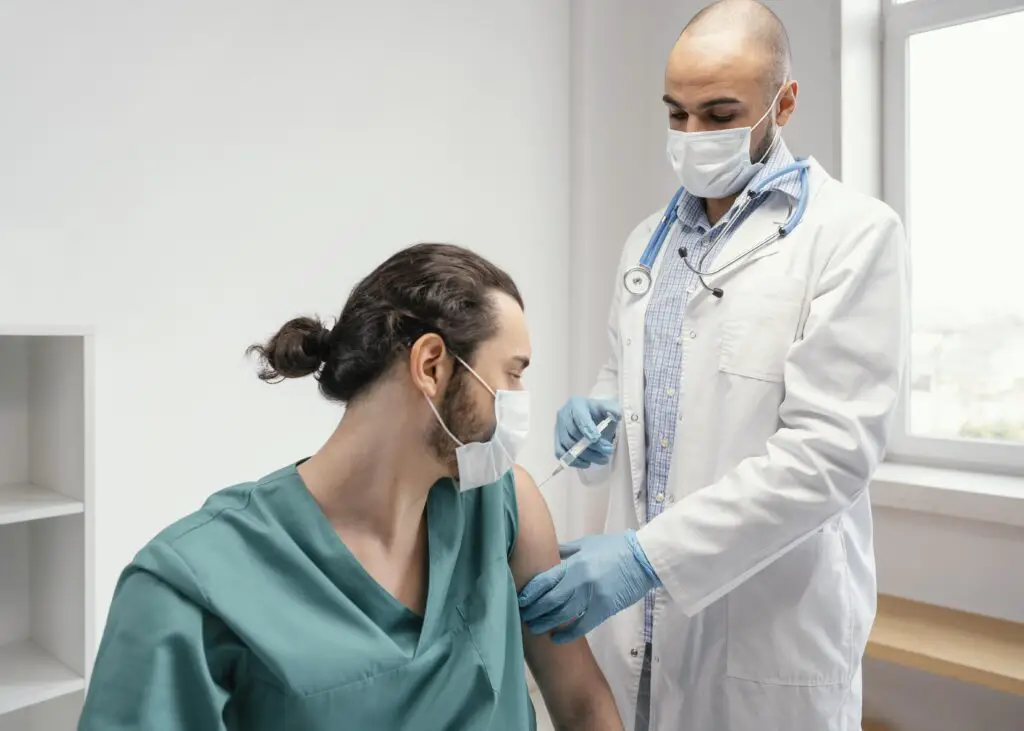There is great enthusiasm and excitement all over the world among football fans for “World CUP 2022″ongoing in Qatar. On the one hand, where Qatar expects about 1.2 million football spectators from all over the world, WHO also warns about MERS COV, commonly known as camel virus, and sees it as having the potential to cause a pandemic.
Middle east respiratory syndrome (MERS COV) was first reported in SAUDI ARABIA in 2012. It is a kind of coronavirus. The mortality rate for this disease is about 37%; one in every three dies. It is a zoonotic virus; that is, it is transmitted from animals to humans. Dromedary camels or one-humped camels are the host reservoirs for this disease and are mainly found in the Middle East, Africa, and South Asia. Transmission of this virus from camels to humans is eased by the presence of similar viral receptors in humans.
Spread and symptoms of MERS COV


Anyone can get this viral infection directly or indirectly from dromedary camels. The incubation period, or the period between exposure and appearance of the first symptom, of primary infection from camels to humans is unknown. The incubation period for secondary infection, from humans to humans, is 5 to 7 days. The origin of camel to human MERS COV infections remains unknown. This viral infection is mainly confined to the respiratory tract. Children under five years of age rarely get this infection or with mild symptoms like a cough. Symptoms and severity of this viral infection in pregnant women are the same as in nonpregnant women. Camel virus infection symptoms are fever, cough, shortness of breath, pneumonia, and sometimes it is accompanied by stomach upset like diarrhea and vomiting. People can also experience fatigue, loss of appetite, and sore throat.
Diagnosis and treatment


A blood test, sputum culture, stool culture, chest X-ray, and nasal and throat swabs can do viral detection. The viral load in the upper respiratory tract is detected by a swab test, while in the sputum test, its load in the lower respiratory tract is diagnosed. Patients in the early stage of infection may not show a positive result in the swab test. So sputum test is needed. Viral load is found more in the lower respiratory tract than in the upper respiratory tract. According to WHO guidelines, respiratory samples should be taken every 2-4 days until two successive negative results are obtained, which are taken in at least 24 hours difference. There is no specific anti-MERS COV medicine available at present. So the treatment done in hospitals and clinics is presently symptoms based and is of supportive type. Treatment includes managing pain and fever and providing antibiotics for secondary bacterial infections. In severe cases, vasopressor medicines to raise blood pressure and ventilators to support breathing are provided.
People at higher risk


Older people above 60 years, people with weakened immune systems, people with chronic illnesses such as cancer, heart, kidney, and lung disease, and diabetics are at greater risk of infection from this disease. These people should avoid close contact with animals, particularly dromedary camels, in farms and markets where the virus is known to be circulating.
Prevention and management


Prevention of the spread of MERS COV in public and healthcare centers is crucial in controlling the spread of the virus and its outbreaks. According to WHO guidelines, good personal and environmental hygiene should be maintained in the community and hospitals. General hygiene measures such as frequent hand washing before and after touching animals and avoiding contact with sick animals should be followed. One should avoid eating raw or undercooked animal products such as milk, meat, and urine. Contact tracing, quarantine, and public awareness are needed to prevent community spread. WHO has advised that early MERS COV symptoms are not as specific and prominent as other respiratory infections. So, healthcare workers and those attending people with MERS COV suspects should follow standard precautions continuously with all patients, irrespective of their diagnosis. MERS COV is highly endemic among dromedary camels of the Middle East and Africa.
Vaccine development


WHO targets to developing three types of MERS COV vaccine:
- A human vaccine that will protect, in the long term, people at high exposure risk, like healthcare workers and people dealing with infected camels.
- A human vaccine that will provide short-term protection, can be used in outbreaks.
- A dromedary camel vaccine, which will prevent camel-to-human infection.
Hope this information was useful!
If you want to read more of our content, please visit our blog
Featured Image by master1305 on Freepik
DISCLAIMER – The tips provided are for informational purposes only and do not constitute professional advice.




